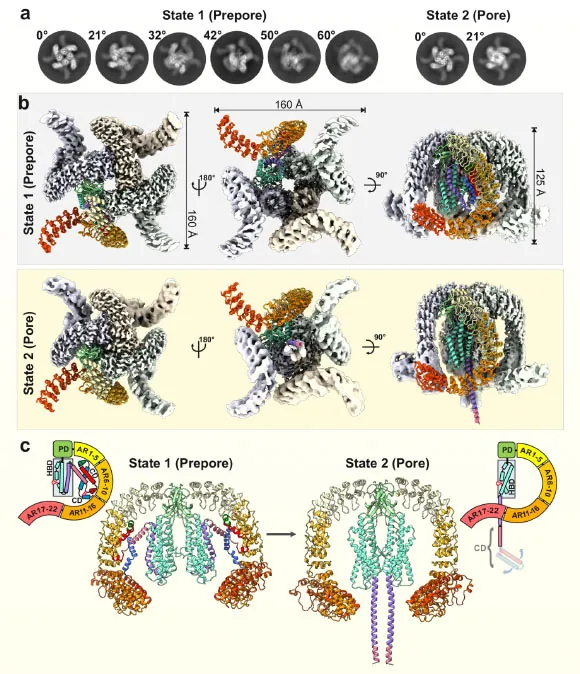
Alarming Discovery: Oropouche Virus Found in Traveler’s Semen Raises Sexual Transmission Concerns!
2024-10-10
Author: Siti
In a groundbreaking revelation, researchers have detected replication-competent Oropouche virus (OROV) in the semen of a traveler returning from Cuba, igniting fears surrounding sexual transmission and potential public health crises.
Recently published in the journal *Emerging Infectious Diseases*, a study by scientists at the University of Brescia in Italy emphasizes the implications of this finding. The Oropouche virus, primarily transmitted by biting midges and mosquitoes, can trigger flu-like symptoms and is most commonly associated with outbreaks in the Amazon basin and other tropical regions.
Understanding Oropouche Fever
Oropouche fever is not just a remote concern; it has already claimed over half a million cases since its discovery, with recorded outbreaks spreading across Brazil, Peru, Panama, and beyond. The prevalent virus is classified as a zoonotic arbovirus and typically spreads from nonhuman primates and various wild birds, making its reach extensive and concerning for health authorities.
While the fever's symptoms may sometimes resolve on their own, severe cases can escalate to meningitis or meningoencephalitis. As of September 2024, Brazil reported more than 9,850 confirmed cases, underscoring the virus's ongoing threat to public health.
Details of the Study
The study revolves around a 42-year-old Italian man who traveled to Cuba from July 19–29, 2024. Shortly after his return, he presented symptoms such as fever, headache, and malaise. Despite initially negative tests for various arboviruses, Oropouche fever was confirmed through specialized RT-PCR testing. Alarmingly, the study revealed sustained viral RNA shedding from semen samples, indicating a significant health risk for sexual transmission.
During his hospitalization at the IRCCS Sacro Cuore Don Calabria Hospital, the man's symptoms evolved, but after extensive testing, it was discovered that infectious OROV could indeed be cultured from his semen under controlled laboratory conditions. This critical finding was a first and raised pressing questions about the transmission potential of the virus.
Study Results and Implications
Further analyses indicated that the patient's semen had higher viral RNA levels over time compared to urine and blood. The results remained strikingly consistent, showing that OROV could not only survive but remain infectious in semen days after symptoms had begun to abate.
With the study concluding that the Oropouche virus exhibits prolonged RNA shedding in bodily fluids, particularly in semen, healthcare officials are now grappling with the ramifications for sexual partners and reproductive health. The possible risks extend to sperm banks and assisted reproductive technologies, highlighting an urgent need for additional research to understand how frequently the virus may be viable in semen and its implications for transmission.
Conclusion: A Call to Action
The findings serve as a critical reminder of the evolving nature of infectious diseases and the urgent need for heightened awareness and research. As Oropouche fever is potentially the second most prevalent viral disease in Brazil, health agencies are advised to take immediate action to monitor and address the risks associated with potential sexual transmission.
In the wake of this alarming discovery, the emphasis on further longitudinal studies has never been more crucial. As we understand more about Oropouche virus, it becomes increasingly important for public health officials, researchers, and travelers to remain vigilant and proactive to combat the spread of this emerging viral threat.



 Brasil (PT)
Brasil (PT)
 Canada (EN)
Canada (EN)
 Chile (ES)
Chile (ES)
 España (ES)
España (ES)
 France (FR)
France (FR)
 Hong Kong (EN)
Hong Kong (EN)
 Italia (IT)
Italia (IT)
 日本 (JA)
日本 (JA)
 Magyarország (HU)
Magyarország (HU)
 Norge (NO)
Norge (NO)
 Polska (PL)
Polska (PL)
 Schweiz (DE)
Schweiz (DE)
 Singapore (EN)
Singapore (EN)
 Sverige (SV)
Sverige (SV)
 Suomi (FI)
Suomi (FI)
 Türkiye (TR)
Türkiye (TR)